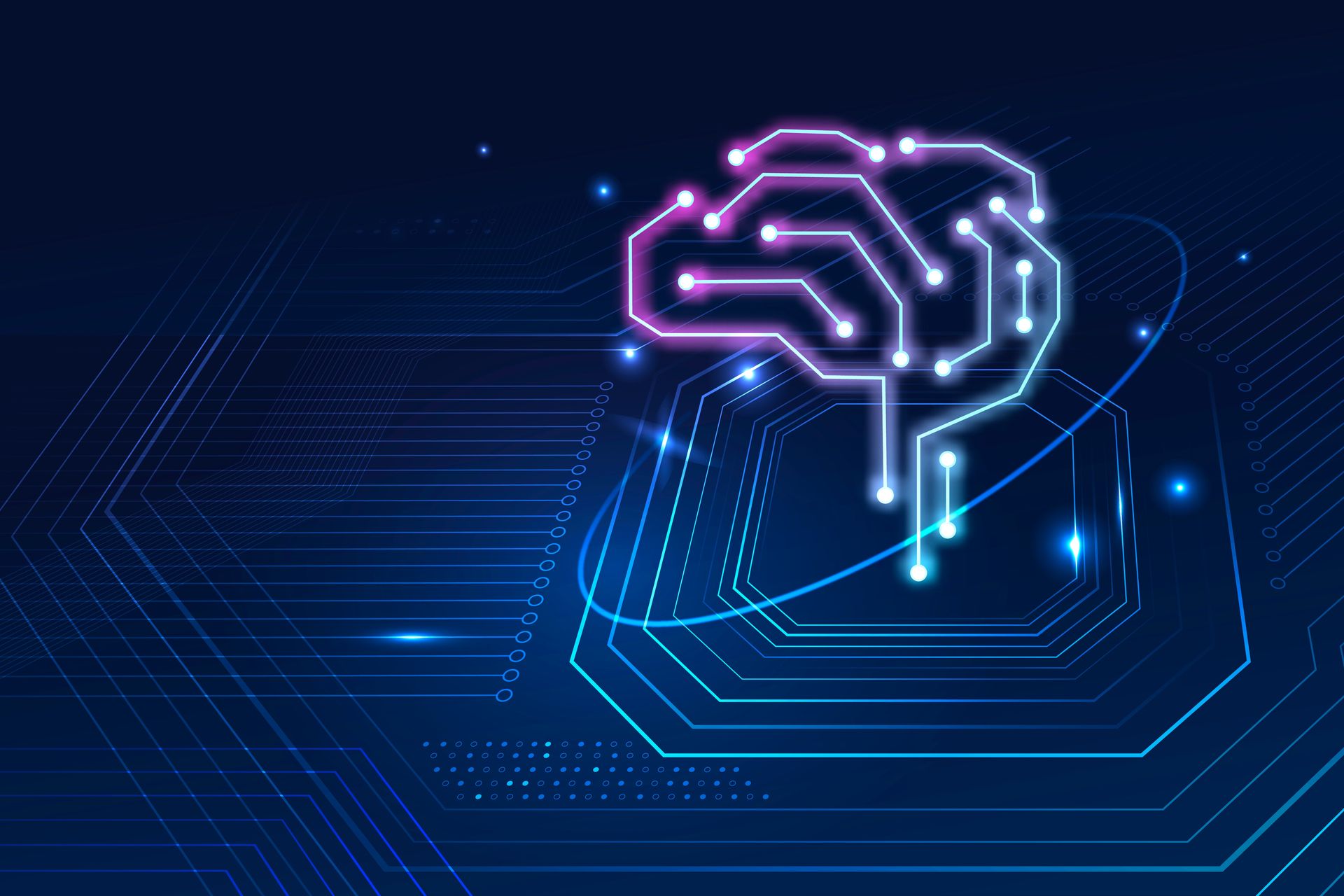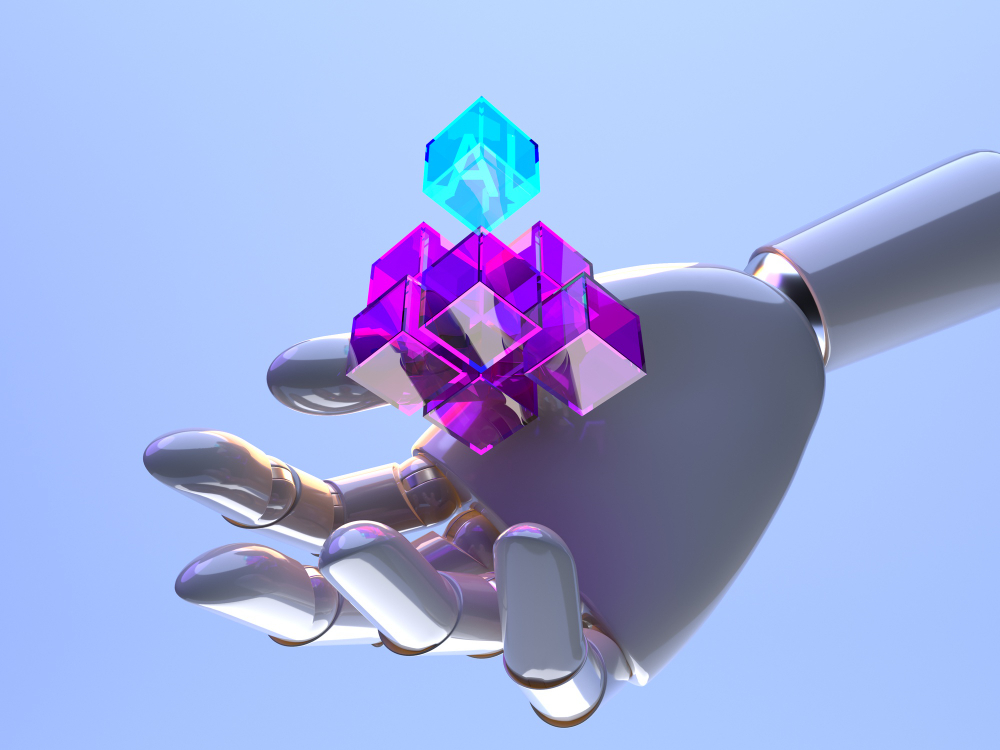Introduction
Voice-activated technology is transforming the way we interact with digital devices, ushering a new era in the hands-free realm of efficient communication.
From the rise of smart speakers such as Amazon Alexa and Google Home to voice assistants embedded in our smartphones, the integration of voice technology into everyday life is undoubtedly gaining ground.
Advances in conversational artificial intelligence also have been apparent with the increase in smart voice-activated AI chatbots that can produce responses and understand human speech to take human conversation to unprecedented levels.
This article explores voice-activated AI chatbots in more depth, their development from the start, application scenarios, and potential they bring with them into the future.
This will discuss the benefits of more and meaningful interactions and customer interactions when using voice technology, how this affects customer preferences and consumer behaviors, and the challenges accompanying bringing voice-activated AI chatbots into various sectors.
Voice-activated AI chatbots are digital assistants that use the technology of conversational ai work for communication with their users to improved customer satisfaction rather than typing text.
These are very sophisticated technologies, which consist of NLP, speech recognition, and machine learning algorithms that analyze the intent of a user's question ahead of time and provide replies to them, or in some cases, suggest even predictions.
Compared with chatbots based on text interaction, voice-activated AI versions come closer to mimicking the human language and natural language understanding interaction with one another as a dialogue would in ai interactions.

.
Key Technologies Used:
- Natural Language Processing-NLP: This is the technology that will enable chatbots to understand spoken human language and do the natural language processing and understanding to process human spoken language, thereby responding intelligently to spoken commands.
- Speech Recognition and Synthesis: Converts human agent' speech into text, or text to human agent' speech, thereby enabling a chatbot to understand spoken human language and agents' language and make human agents utter speech appropriate response.
- Machine Learning Algorithms: They help the chatbots to learn over time from interactions by users, thus giving the ability to predict a better response and personalize it based on customer needs and on past behavior.
Evolution of Voice Technology

Voice-activated chatbots have seen popularity because of offering seamless, hands-free interactions particularly useful in situations in which a user cannot or does not want to type.
This was, however long ago when voice recognition technology began with its first innovation, such as IBM's Shoebox back in the 1960s that could recognize only 16 spoken words.
The big leaps for voice technology really came about with improvements to AI and machine learning starting in the early 2000s.
Major Milestones in Voice Technology:
- 2008: Google introduced voice search on smartphones, marking the beginning of mainstream voice-activated technology.
- 2011: Apple's Siri was the first predominantly adopted voice assistant to take this pervasive conversational ai technology to the millions of iPhone users.
- 2014: Amazon introduced Alexa, a voice-assisted virtual assistant, that it integrated into the Echo smart speaker. This innovations changed how we would interact with smart home devices.
- 2016: Google Assistant, which was released when Google Home was launched, has been promoted for several years now.
From the smartphone to the smart speaker, wearables, and even IoT devices, voice technology has now become a very vital component of all those systems in control environments, for online searching, purchase making, and lots of functions and features.

Benefits of Voice-Controlled AI Chatbot Solutions
Voice-controlled AI chatbots give users multiple benefits which greatly increase their user experience while ensuring improved efficiency.
The major benefits of these voice-controlled AI chatbot solutions are discussed as follows:
1. Greater Convenience through Hands-Free Interface
Voice chatbots work more naturally and intuitively. Therefore, it is possible to have conversations without even needing to type, which makes it easy to multitask, especially when driving or cooking.
2. Efficiency and Convenience of Voice Operations
The voice-activated chatbots will execute the commands much faster than when typed, which implies a quick response and smooth interactions.
This is essential for situations where time is the essence, such complex tasks such as hotlines, phone calls in customer service or an e-commerce checkout process.
3. Accessibility for Diverse User Groups
Voice technology is useful for a disability such as visual impairment or mobility impairment because voice commands allow the individual to complete tasks that would otherwise be difficult or impossible.
Advanced conversational ai technology enables it to know who the individual is, enabling the system to tailor responses according to what that person might like and how they've interacted with the bot in the past.
With this level of personalization of customer experiences, customer expectations, and business outcomes, high levels of customers' satisfaction and loyalty can be attained.

Voice-Activated AI Chatbots' Applications
Voice-activated chatbots are going to change all sectors for good by offering more customer experiences, in customer interaction, streamlining processes, and improving user and customer engagement both. Some key applications include:
1. Customer Service and Support
Voice-activated AI chatbots help to provide quick customer service across retail, healthcare, and finance industries.
Some of the applications of this technology are answering frequently asked questions, solving problems, or even providing recommendations based on sentiment analysis and on user data.
2. E-commerce and Shopping Support
The voice-activated chatbot can search products, order status, or even order through voice command.
It may add the benefits of more convenience and further conversion.
3. Smart Home Integration
Voice-enabled AI integrates deeply with smart home devices, enabling users to manipulate lighting and thermostats, change security systems all through just virtual assistants.
Brands in this area have been primarily Amazon Alexa and Google Assistant.
4. Educational Applications and E-Learning
Voice-controlled chatbots in education can be used to enhance the learning experience through instant answers, guiding the student in lessons, and supporting their natural language processing, understanding and learning through real-time pronunciation feedback.
Impact on Consumer Behaviour

The rise of voice-activated AI chatbots is changing the behavior of consumers to be vocal. More people prefer voice-based interaction.
Such a change occurs based on convenience, speed, and increasing devices with the voice facility.
Consumer Preference Trends
Increased usage of voice search. This will increase more than 50% by 2025 based on various research studies conducted.
- Higher Engagement Rate: The engagement and customer satisfaction of the brands are higher with voice technology as it provides a more personalized and interactive customer experience throughout.
Case Studies
Companies have used voice-activated chatbots and thus improved the customers' engagement as well as the sales of the companies.
For example, Domino's Pizza increased the flow of orders by the customer through the voice-activated ordering system and thus, generated revenue.
Challenges and Limitations
Despite the benefits of conversational ai-, integrating voice-activated AI chatbots come with their own set of challenges.
1. Effective Interpretation of Various Types of Accents and languages
One of the big challenges for voice chatbots is to have ai technologies correctly interpret different types of accents and speak in different languages. As a result of incorrect interpretation and response by voice ai technologies or voice or ai agent or even ai technologies or agent sometimes, it can provoke frustration and a bad user experience.
2. Privacy Issues
Voice-activated devices have to listen continuously to be of any use, creating an issue about the personal privacy of the user. Businesses must be sure they use voice data responsibly and transparently.
3. Automation and Human Interactions
Voice chatbots will take care of many tasks, but a few may require interaction with humans. Balancing the need for automation and human support is critical to keeping customers satisfied.
4. Technical Limitations in Noisy Places
Noisy backgrounds can make voice-activated chatbots work less effectively; they are less effective in highly noisy surroundings such as offices or public places.

Future Developments with Voice-Activated AI Chatbots
Voice-activated AI chatbots hold bright prospects ahead with continuous developments concerning voice and automatic speech recognition,, machine learning, natural language processing and AI:
1. Voice Assistants Grow More Conversational
Voice assistants are likely going to be much more conversational, able to answer complex questions, and improve further in context understanding, making them hold meaningful, longer conversations with human agents.
2. AR/VR Integration
Voice-activated chatbots will probably tie in with AR/VR, that should add so much more to the experience and make it so much more immersive and interactive, especially in areas like gaming, health, or real estate.
3. B2B and Enterprise Solutions to Gain Wider Adoption
Voice technology will move beyond consumer markets, as businesses are adopting voice-activated chatbots for internal processes: managing a schedule of tasks or meetings and improving team communication.
Best Practices for Voice-Activated AI Chatbot Implementation

If you're going to implement voice technology in your business, the following best practices can help you be successful:
1. Design Intuitive Voice Interactions
Make voice interactions easy and intuitive. Provide clear prompts, but think of what the user might actually type.
2. Continuous Training and Upgrades
Voice-controlled chatbots must be constantly trained on new phrases, accents, and user behavior. A constant refining of natural language processing NLP, and machine learning algorithms is needed as well.
3. Data Privacy over Everything
Given the problems with voice data, corporate entities should respect users' privacy by incorporating excellent customer data and protection and being transparent about how voice data would be used.
4. Usability Test
Conduct thorough usability testing before launching a voice chatbot. This ensures that potential issues are identified by testing the chatbot among users from diverse backgrounds who will use it with varied accents and speaking styles.

In summary, what we think
The new big leap forward for the enrichment of customer interactions is voice-activated AI chatbots, which are a more natural, convenient, and personalized way to interact with technology.
Being able to use trends in artificial intelligence, speech recognition, and other natural language understanding and processing, understanding and processing, and machine learning, businesses can even transform the customer experience, make it more accessible, and drive engagement with customer data even further.
As voice becomes the preference for consumers, the scope of voice-activated chatbots should give businesses an edge that lies a little ahead of the curve.
Whether for customer service or for e-commerce or smart homes, this chatbot has the power to redefine the way people interact with digital platforms.
It opens prospects for innovation but sets up the platform for future user interfaces.
The time to embrace voice technology has come, and the evolution of voice further shapes the digital landscape such that having voice-activated AI chatbots is an integral part of modern customer engagement strategies.
Frequently asked questions (FAQs)
1. So, what are voice-activated AI chatbots, really? How do they differ from text-based chatbots?
Voice-activated AI chatbots are digital helpers that use conversational ai tools for the purpose of providing interaction through oral commands rather than typing some text.
In contrast to the previous ones which require users to type in a question, this one engages the user in hands-free, conversational communication.
This chatbot relies on very sophisticated technologies, such as NLP, speech recognition, and machine learning, in order to understand and respond to language.
2. So what's the bottom line with voice-activated AI for business, anyway?
Voice-activated AI chatbots have various advantages that include:
• Improved Experience : It will give consumers a more natural and intuitive interaction with technology-a better customer experience.
• Speed and Convenience: Virtual assistants are processed faster than typing, which means quicker and more streamlined responses.
• 24/7 Availability: Chatbots can respond to customer inquiries and queries round the clock, thus enhancing support availability without manned human agents.
• Personalization: conversational ai systems allows personalization of communication according to individual user preferences and previous behavior.
• Accessibility: They are highly useful for people with disabilities, as it provides an inclusive manner of interacting with digital platforms.